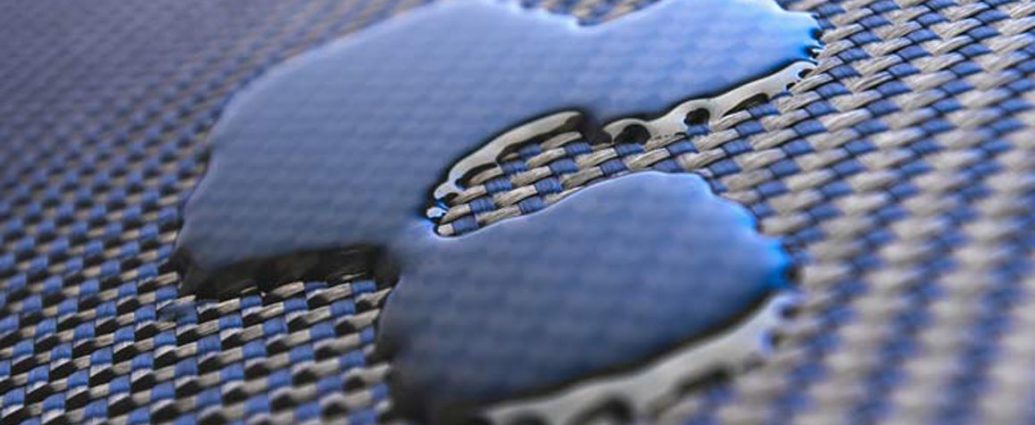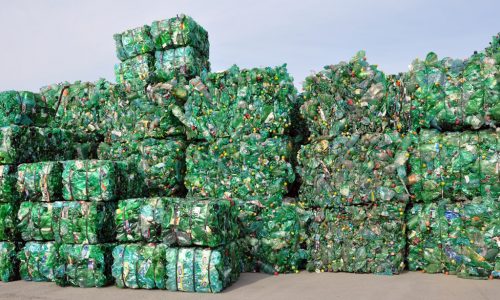It is often difficult for almost anyone who uses polyester resin to tell the range of diluents that went into making these resins. And why should one know that? Because the raw materials that go into manufacture of these resins directly affect the impacts of the final products. It’s as simple as ‘bad inputs = bad products!’ And bad products could mean facing regulatory actions. Styrenated polyester resins have come under a scanner recently because of growing uncertainty regarding long term exposure. In this article, we understand why that is the case. We give an overview of the polyester resins, their uses, learn about styrene (most widely used diluent), issues associated with styrene and if there are alternatives.
Introduction
Polyester resins are unsaturated synthetic resins formed by the reaction of dibasic organic acids and polyhydric alcohols. They are heavily used in automotive, aircraft and marine industry. Polyester resins are used in sheet moulding compound, bulk moulding compound and the toner of laser printers. Wall panels fabricated from polyester resins reinforced with fiberglass – so-called fiberglass reinforced plastic (FRP) – are typically used in restaurants, kitchens, restrooms, areas that require washable low-maintenance walls and cured-in-place pipe applications.
Polyester resin offers the following advantages:
- Transparent
- High density with excellent strength, shatter resistant
- Adequate resistance to water and a variety of chemicals
- Adequate resistance to weathering and ageing
- Low cost
- Can withstand a temperature up to 80°C
- Repeatedly recyclable
Polyester resins are generally thermoplastic polymers which means that they may be formed with heat and re-melted without losing their intrinsic characteristics. Thermoplastics differ in this way from thermosets, which undergo permanent change after hardening. Thermoplastics are generally recyclable for this reason. Some polyester resins are thermosetting (think fiberglass).
Styrene is used (as a reactive diluent) in production of unsaturated polyester resins for coatings and composites, to achieve final product properties such as the right viscosity, water resistance-if applicable, cost, etc. To further exploit such resins, reactive diluents (RDs) with unsaturated sites are usually incorporated to improve their processability and mechanical properties. Styrene is inexpensive and available in bulk quantities such that styrene dilution of polyesters reduces the cost to below half that of higher performance epoxies. Styrene is an excellent diluent to achieve proper processing viscosity for polyester resins. Unsaturated polyester resins which are ubiquitous in the manufacture of economical fiberglass composites typically contain 35-50 volume percent styrene monomer.
Styrene (C6H5CH=CH2) is an organic compound generally made from dehydrogenation of ethylbenzene. It is colorless oily liquid, has a sweet smell, significant vapor pressure (5 Torr at 20 °C) and a boiling point of 145°C. In 2018, close to 35 million tonnes of styrene was produced worldwide. The growth rate is expected to be 1-2% in the coming years. This production volume is evident from its wide list of uses.
Key issues
Although the current production method of styrene is very cost-efficient, the production involves environmentally harmful procedures.
Additionally, styrene is highly flammable, evaporates easily (volatile) and is therefore not easy to handle. Styrene is neurotoxic, mutagenic, respiratory tract irritant and one of the anticipated carcinogens warned by the National Institute of Health, USA. It poses a health hazard for employees who are exposed to either vapors or physical contact with the styrene monomer. Depending on intensity of inhalation severe consequences can occur. The U.S. Environmental Protection Agency (EPA) has described styrene to be “a suspected toxin to the gastrointestinal tract, kidney, and respiratory system, among others”. In a recent Styrene gas leakage tragedy in Visakhapatnam, India, thirteen people including a child reportedly died and over 200 people were hospitalized. This tragic incident is a fresh reminder for why styrene should be avoided and new replacements should be found.
Despite the known health hazards, currently styrene is still used in polyester resins with some extra measures. These existing efforts are not effective in reducing our dependence on toxic chemicals. Let us understand in detail, what we can do to reduce styrene use in polyester resins.
Existing efforts
Efforts to address the health hazards associated with styrene usage in polyester resins can be classified in two categories: engineering controls and hazard reduction. In an engineering controls approach, styrene is still incorporated into resins but human exposure is minimized by reduction of the ambient vapor levels. A widely used approach is active ventilation of manufacturing space to keep vapor levels below the exposure limits discussed previously. An alternative approach is to reduce monomer volatilization. The second approach seeks to eliminate exposure to styrene by using non-toxic chemistries in polyester resins. To date, however, many of the commercialized formulations with styrene-replacement chemicals chosen possess human health hazards similar to styrene. Vinyl toluene, for instance, has been used to replace styrene though it is not a known carcinogen, vinyl toluene is strongly irritating to both workers’ skin and respiratory tracts.
At present, these efforts address a variety of practical needs, from helping to meet emissions requirements to improving worker comfort and safety, within the composites industry. But clearly, in the long term, these existing efforts are not efficient in completely eliminating the danger posed by styrene or similar hazardous chemical exposure.
Alternatives to styrene
Our efforts should be to reduce and replace styrene monomer within unsaturated polyester resins with alternate monomers that are substantially less hazardous to human health. The alternative monomers should be selected based on reduced health risk, low cost, and low mixture viscosity, while retaining the ability to react with the polyester resin.
Achieving such improvements in properties for styrene free composites is not easy. Taking a standard, off-the-shelf, unsaturated polyester and dissolving it in random non-styrenic monomers will most likely yield a resin with poor mechanical properties. The functionalities of the two components are incompatible. The key is proper engineering of the polyester resin. In the case of H164 (one of the alternative), the polyester’s polymer backbone has been redesigned with chemical functionalities that are compatible with those of the monomers – a proprietary mixture of alternate molecules – which, in turn, promotes copolymerization.
There have already been efforts on reducing the usage of styrene in the production of thermosets and their composites. Potential styrene alternatives, such as vinyl derivatives of benzene and (methyl)acrylates are being heavily researched. Emphasis is focused on the strategies on developing novel reactive diluent monomers through grafting unsaturated functional groups on renewable feedstocks such as carbohydrates, lignin, and fatty acids. Recently it was demonstrated that a less toxic chemical, Trimethylolpropane diallyl ether has favorable properties and can help reduce styrene content in resins by 50%.
Recently, researchers at Michigan State University developed a bio renewable resin system formulated using poly(lactide) (PLA) and methyl methacrylate. Preliminary calculations show a 40 percent reduction in greenhouse gas emissions (CO2 equivalent) compared to current technologies
In anticipation of increasingly more stringent regulations, many industrial users of unsaturated polyester resins are eager to know which, if any, existing styrene-free resins would be suitable for their operations. The catch is, these new products should be as much as is feasible, be “drop-in” alternatives to currently sold styrenated products, should regulations at some point mandate replacements. Sadly, most resin formulators currently lack a comprehensive set of tools with a database of resin formulations, their GHS health data, and their associated mechanical properties.
We at Simreka specialize in innovative state-of-art solutions for polystyrene recycling and styrene monomer alternatives. These solutions (software, data and expertise) have helped existing customers take decisions on recycling pathways to use, develop and improve recycling processes in a shorter time frame, developing the most profitable and environmentally sustainable pathways and incorporating the right alternative chemicals.


